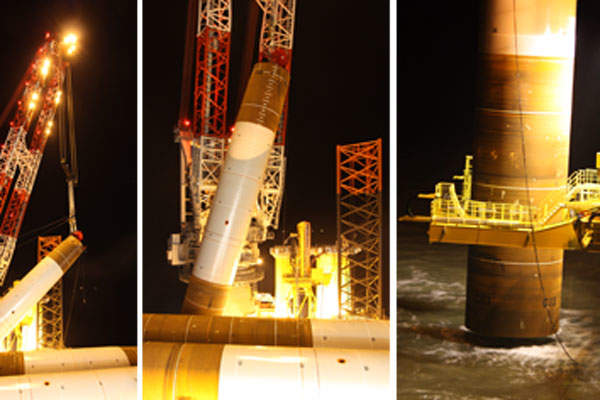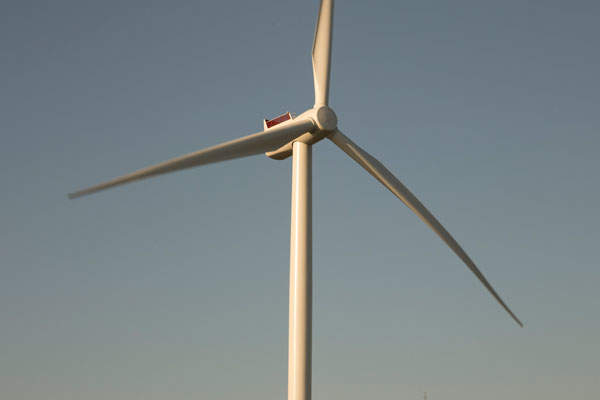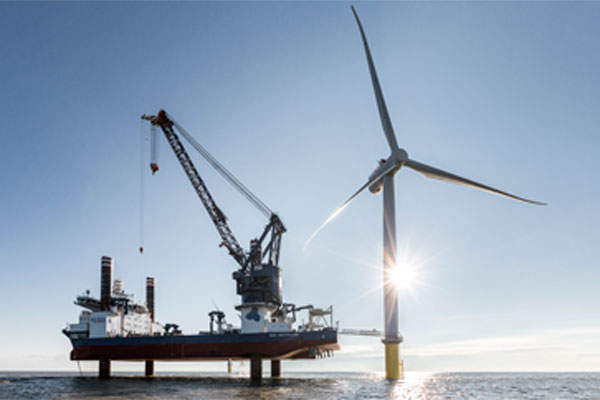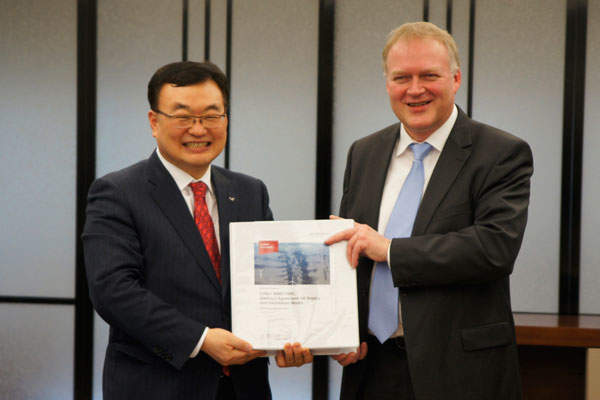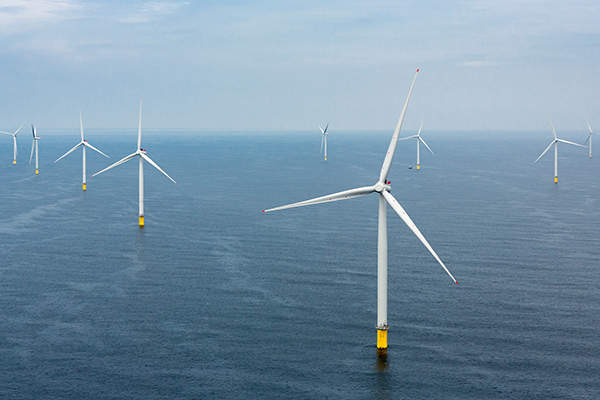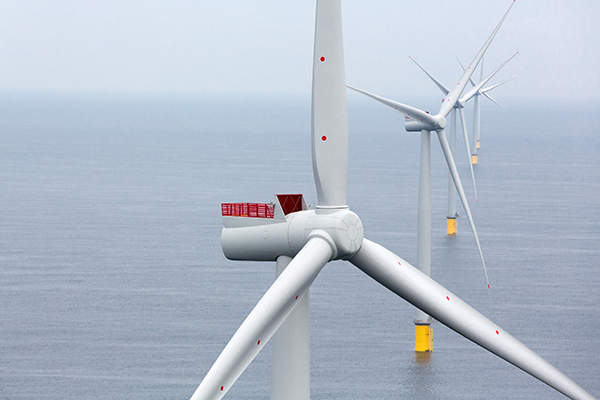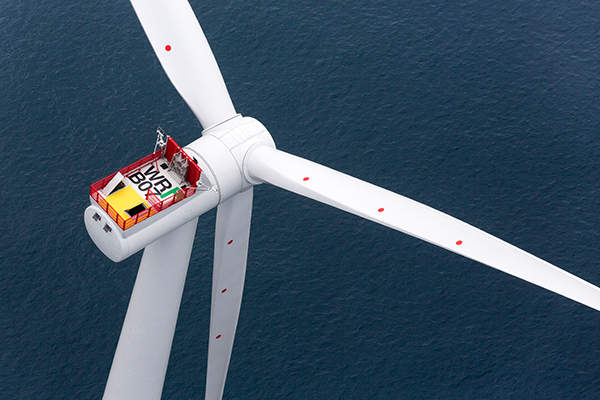The 210MW Westermost Rough offshore wind farm is located 8km from the Holderness coast in Yorkshire, UK. The £800m ($1.37bn) wind farm was developed by Dong Energy through its subsidiary Westermost Rough, and the project is owned by a joint venture of Dong Energy (50%), Marubeni Corporation (25%) and the UK Green Investment Bank (25%). It is the first offshore wind farm to use the next-generation Siemens SWT-6.0-154 wind turbines, equipped with the world’s longest rotor blades, on a commercial basis.
Offshore construction for the wind power project began in January 2014 and commercial operations began in July 2015. The wind farm is expected to power more than 150,000 British households and offset 264,429t of CO₂ emissions a year over its estimated operational life period of 25 years.
Westermost Rough is an important project, as it contributes to the UK’s goal of installing 33GW of wind power by 2020.
Westermost Rough offshore wind farm details
The wind farm is constructed on a 35km² site leased from the Crown Estate. The UK Department of Energy and Climate Change granted permission to construct the facility in November 2011.
The offshore wind farm comprises 35 Siemens 6MW direct-drive wind turbines with a 154m rotor diameter. The blade length of the turbines is 75m, which is considered to be the world’s longest. The swept area of each turbine is 18,600m².
The wind farm also features an offshore substation comprising two main transformers, nine MV switchgears, two auxiliary transformers, two earthing resistors and other components. The substation platform comprises a steel topside fixed on a four-legged steel jacket supported by piles.
Power transmission from Dong Energy’s wind farm
The power generated by the wind turbines is transferred to the offshore substation via a 33kV inter-array cabling system. The voltage is stepped up from low-voltage to high-voltage at the substation.
The electricity from the offshore substation is transmitted through a submarine cable, which has a land fall at Tunstall. The export cable continues underground from there connecting the new Ferndale substation on the Staithes Road via which the power output of the wind farm is fed into the national grid.
Westermost Rough wind farm construction
Offshore construction works for the wind farm began in January 2014 with the installation of monopile foundations for the turbines. The first five foundations were transported to the site using GeoSea’s Innovation vessel from the loadout port in Aalborg, Denmark. Each monopile weighs up to 800t and has a diameter of 6.5m.
The other major offshore construction works included the construction of the offshore substation, the laying of submarine export cables and the installation of turbines. John Madsen and Elizabeth Hoj boats were used for the offshore construction. The turbine installation was completed in March 2015.
A 50-member team monitored the wind farm construction from the operation centre being built at Fish Dock, Grimsby. The offshore engineering operations and maintenance base is situated at Royal Dock, Grimsby.
Onshore construction works began in April 2013 with the construction of underground cables. The cable ducts were installed to a depth of 12m underground.
Contractors involved
Siemens supplied the turbines for the Westermost Rough wind farm. It is futher responsible for the service and maintenance on the turbines for the first five years of operation. The contract for the design and construction of the offshore substation was awarded to Ramboll in 2011.
Nexans was awarded the contract to supply approximately 53km of medium-voltage submarine cables for the wind farm. LS Cable & System was awarded a €16m (approximately $21m) contract for supplying submarine and extra high-voltage cables.
A2Sea installed the wind turbines using its purpose-built offshore installation vessel Sea Challenger. GeoSea was awarded the contract to install the mono-pile foundations for the wind turbines. MCC was subcontracted by GeoSea to provide the sea fastening works required for the installation of the turbine foundations.
Combilift was awarded the contract to transport subsea cables for the wind farm. Tekmar was awarded the cable protection contract in September 2013. The contractual scope included the protection of infield and export cables from any exposures during installation, as well as over the wind farm’s service life.

